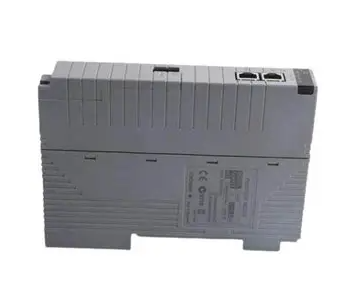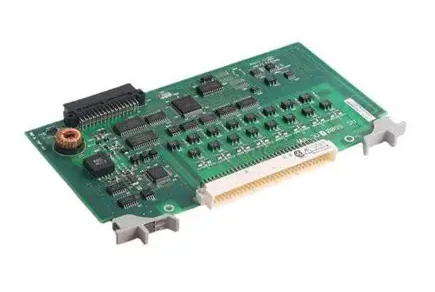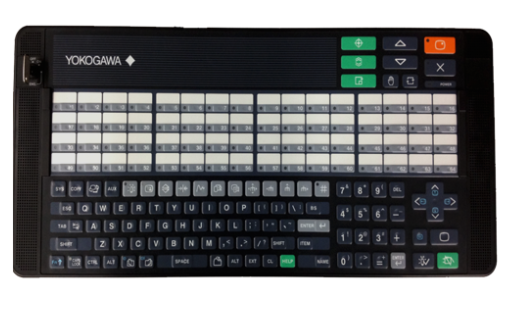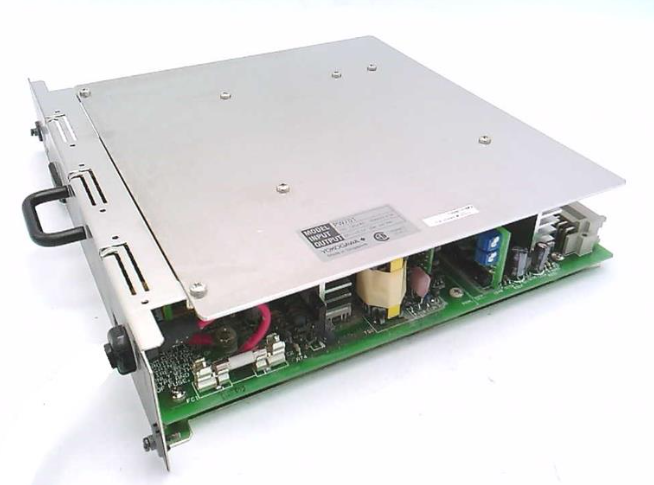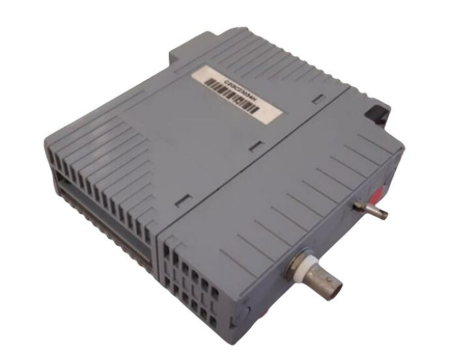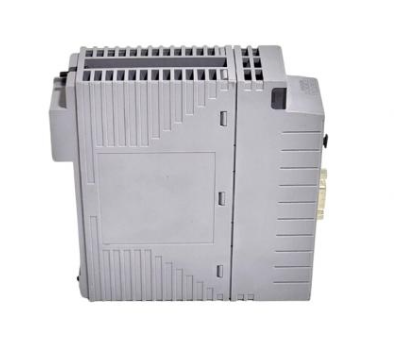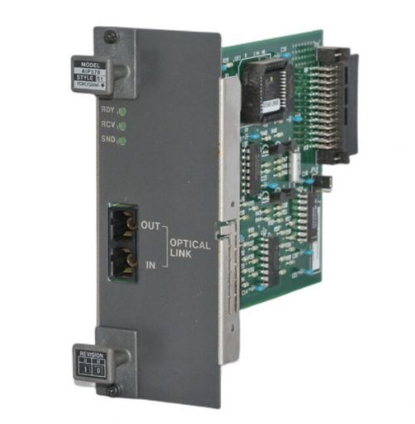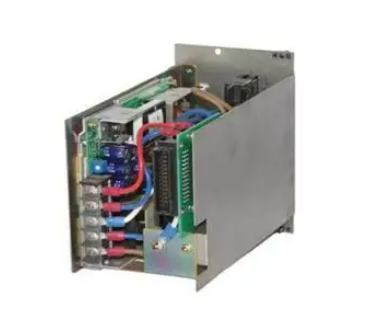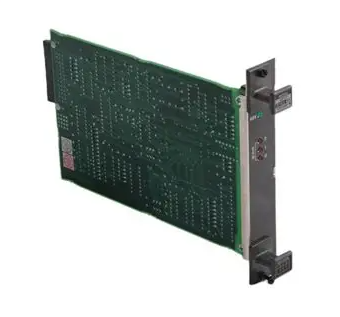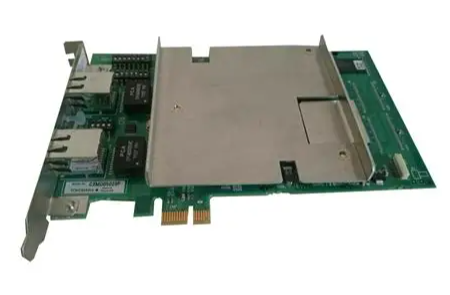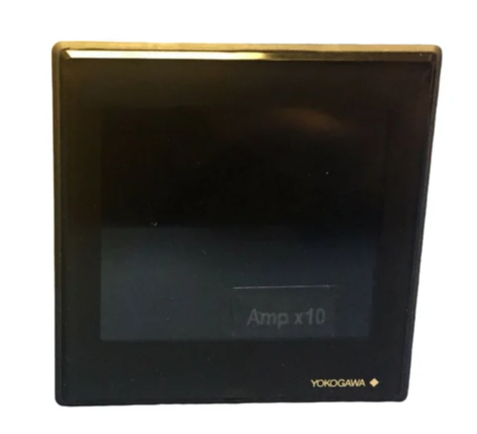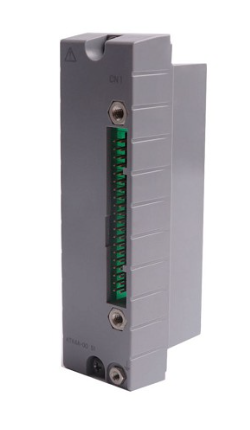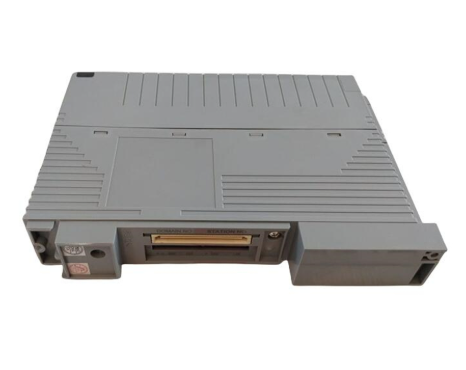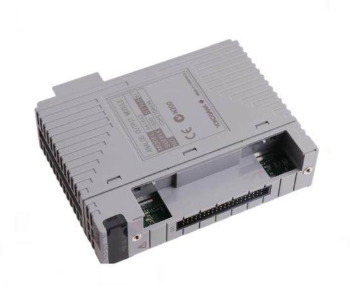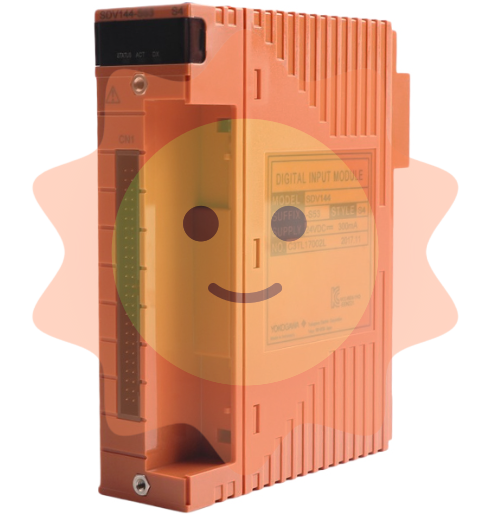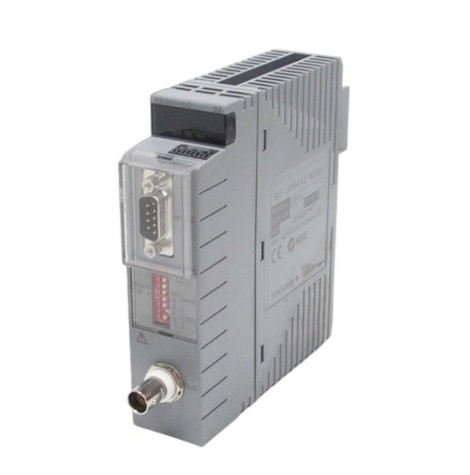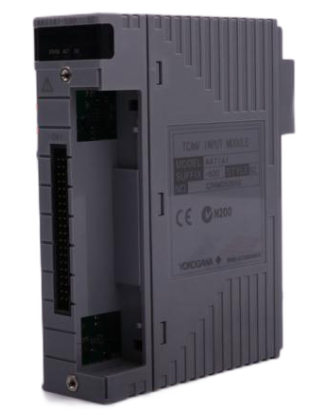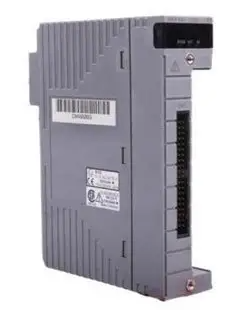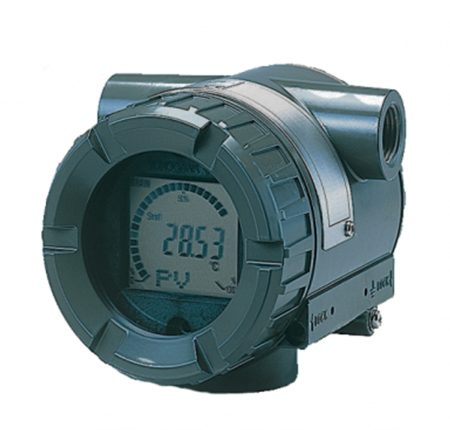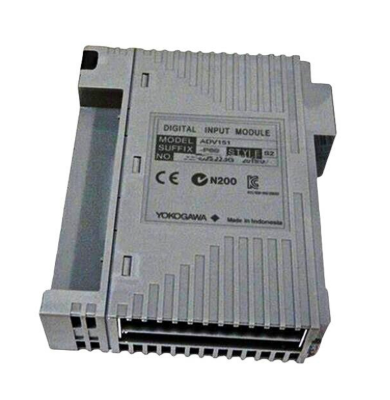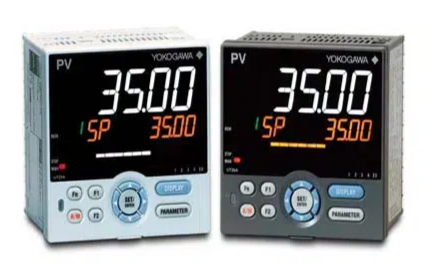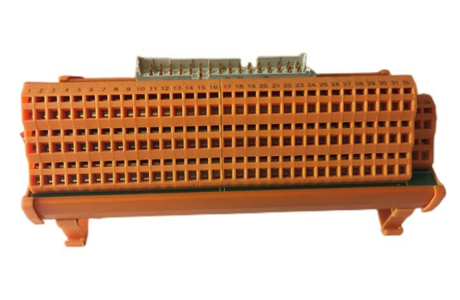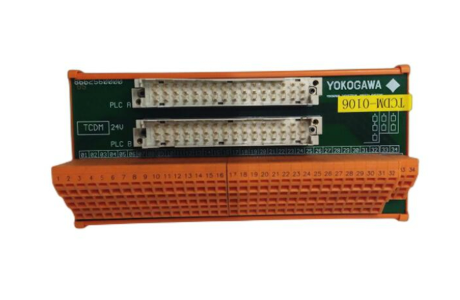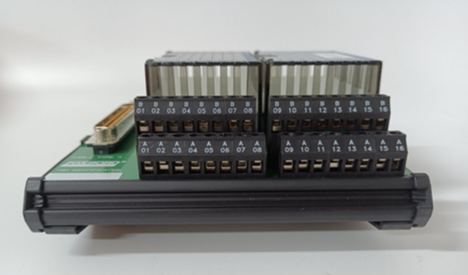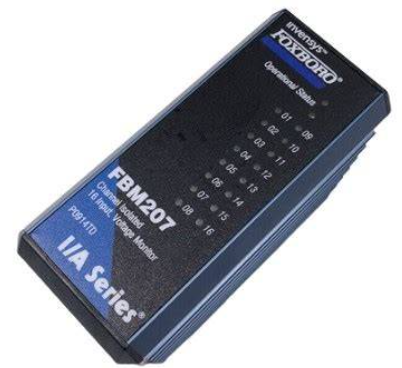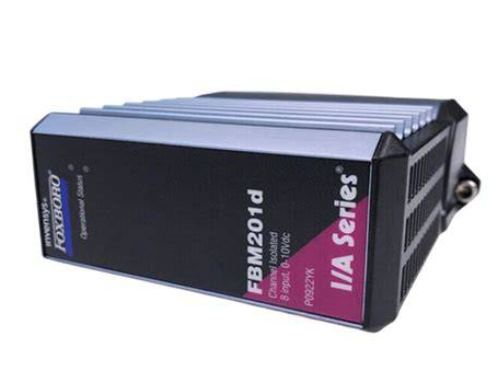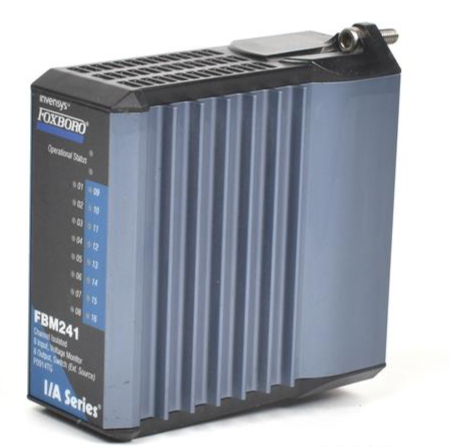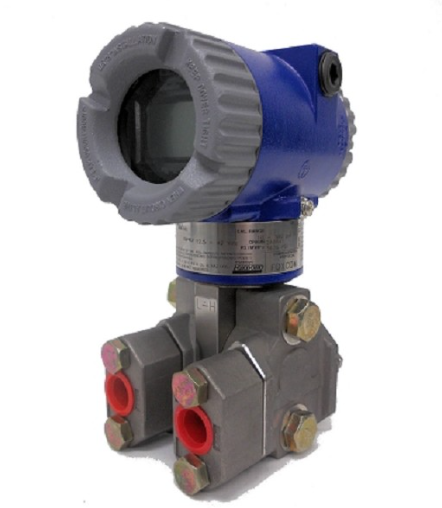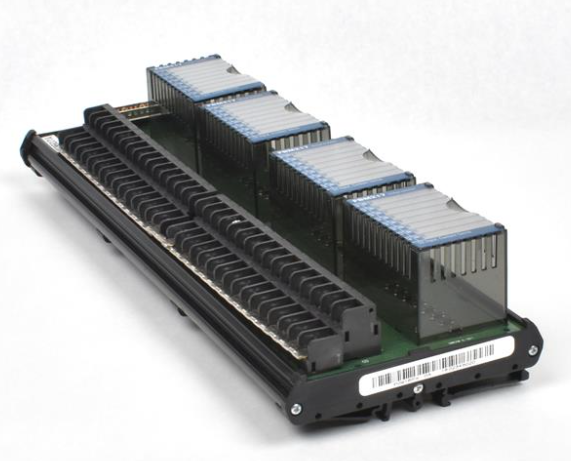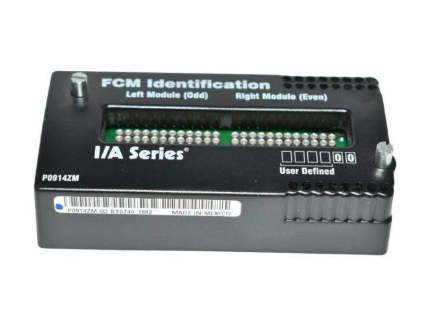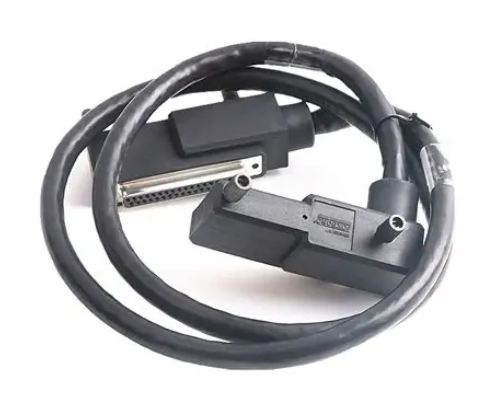YOKOGAWA AQ7280 Optical Time Domain Reflectometer
YOKOGAWA AQ7280 Optical Time Domain Reflectometer
Packaging content and equipment model description
Classification and Model of Core Equipment
The core components of the equipment include the host, OTDR unit, and optional modules. The model suffix determines the language, function, and interface type
AQ7280 host suffix:
Example of suffix type explanation
Language suffix differentiation operation interface language - HE (English), - HM (Chinese), - HC (bilingual in Chinese and English)
Function suffix additional function options/MNT (monitoring function),/SMP (intelligent mapping function),/LAN (Ethernet)
OTDR unit model: Supports 2-4 wavelengths, covering different application scenarios, with the following key parameters (some models):
OTDR Unit Model Wavelength (nm) Dynamic Range (dB) Laser Level Remarks
AQ7282A 1310/1550 38/36 Class 1 2 wavelength, suitable for short distance testing
AQ7283A 1310/1550 42/40 Class 1 2 wavelength, dynamic range higher than AQ7282A
AQ7283E 1310/1550/1625 42/40/40 Class 1 3 wavelength, 1625nm port with built-in filter
AQ7283J 1310/1383/1550/1625 42/39/40/40 Class 1M/3R 4 wavelength, 1310nm is a 3R class laser
AQ7282M 850/1300 (multimode) 25/27 Class 1/3R 2-wavelength multimode, 850nm is a 3R class laser
Optional modules:
OPM module (optical power meter): AQ2780 (power range -70~+10dBm), AQ2781 (high power -50~+27dBm);
VLS module (visible light source): AQ4780 (wavelength 650 ± 20nm, output power ≥ 5mW, Class 3R).
Accessories List
Standard accessories: 739883 lithium battery pack, B8070CX hand strap, B8107DE2 bracket cover (to prevent foreign objects when the module is not installed), M4 × 5 screws, relevant manuals;
Optional accessories (purchased separately): 739860 soft carry bag, 739874 AC adapter, SU2005A series connector adapter (SC/FC/LC), 735050 series functional license (such as 735050-FST fiber surface testing).
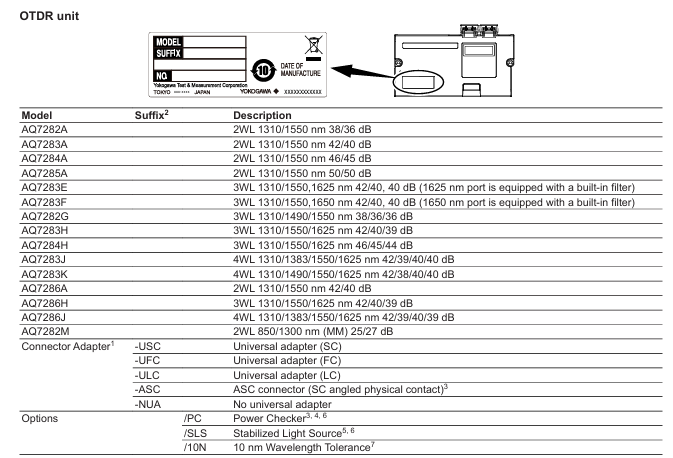
Safety operation standards
Laser safety (core risk point)
The equipment uses a laser light source, and the laser level is divided into Class 1 (most OTDR units, high safety level) and Class 3R (some wavelengths, such as 850nm of AQ7282M, should be avoided from direct view);
Prohibited behaviors: staring directly at the laser or its mirror reflection light without wearing protective equipment, disconnecting the optical fiber when the laser output is turned off, and not covering the protective cover of unused optical interfaces;
Special requirement: When cleaning the equipment, the power must be turned off to avoid accidental laser output.
Power Safety
Battery (739883 lithium battery):
Exclusive use: Only for AQ7280 host, cannot supply power to other devices, only use the host for charging;
Charging specifications: The charging time is about 6 hours (when turned off), and it may take more than 15 hours to charge when turned on (after 15 hours, the protection circuit will stop charging). If it is not fully charged within the time limit, stop using it and contact the dealer;
Replacement and Storage: Before replacement, the host needs to be turned off and the AC adapter disconnected. If it is not used for a long time (≥ 1 week), it should be fully charged and removed. The storage environment should be at 10-30 ℃ (to avoid full/low power storage, 40% -50% battery is optimal).
AC adapter:
Special model: Only use 739874 adapter, input voltage 90~264VAC (50/60Hz);
Connection specification: Before connecting, confirm that the host is powered off. When using AC power for a long time, remove the battery to avoid putting the adapter/power cord under pressure or near heat sources.
Other safety requirements
Prohibit the use of equipment in flammable gas/steam environments;
Do not disassemble the host or remove the casing (only authorized personnel from Yokogawa can repair);
Optical interface protection: Only use connectors that meet specifications (such as SC/FC/LC), and align them slowly when inserting to avoid shaking left and right or forcefully inserting (to prevent damage to the interface).
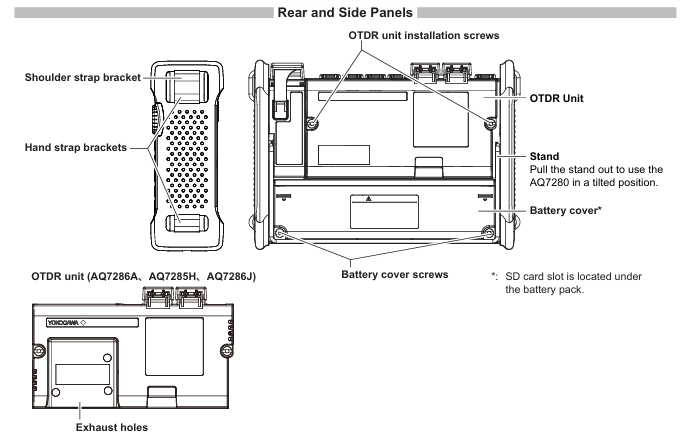
Equipment operation process
Pre preparation (before startup)
Component installation (all require power-off operation):
OTDR unit: Align the host connector and press it until it clicks, then use a coin/screwdriver to tighten the screw (with a torque of about 0.6N · m) to fix it;
OPM/VLS module: Remove the slot cover of the host module, insert the module until it clicks, and fix it with screws (torque 0.6N · m);
Battery: Open the host battery cover (loosen the screws and slide to remove), align the terminals and insert the battery, cover the battery cover back and tighten the screws;
SD card: First, remove the battery, open the SD card cover and insert it (press until it clicks), then reinstall the battery.
Connect peripherals:
Fiber optic: Clean the connector end face (using a specialized cleaning agent, such as NTT-AT products), align it with the optical interface and insert it (confirm that the port wavelength matches, such as AQ7283E's 1625nm output from PORT2);
Other: USB interface for connecting USB flash drive/printer/PC (Mini-B port for PC control/storage access), Ethernet port (optional) for remote control.
Startup and Basic Operations
Power on: Press the power button on the front of the host. After normal startup, the ON LED (green) will light up and the screen will display the main interface. It is recommended to preheat for at least 5 minutes (to ensure measurement accuracy);
Main interface operation:
Function selection: Select OTDR, OPM, VLS and other functions through the knob/directional keys/touch screen, press ENTER or soft key to confirm;
Measurement mode: Taking OTDR as an example, Simple mode (only requires automatic configuration of wavelength, distance range/pulse width, etc.), Average measurement (start by pressing AVG key to improve signal-to-noise ratio, can be manually stopped);
Screen interaction: The touch screen supports clicking (selecting), dragging (adjusting display ratio), and pinching (zooming waveform), with soft keys corresponding to the menu on the right, and the ESC key returning to the previous level.
Data Management and Fault Handling
Data storage: Measurement results can be stored in formats such as SOR (waveform), CSV (data), BMP/JPG (image), etc., supporting internal storage (≥ 1000 waveforms), USB/SD card;
Abnormal startup handling: If the startup is not completed properly, check the AC adapter connection, battery installation, and power button pressing time (≥ 2 seconds). If the issue persists, contact the dealer for repair.
Key specification parameters
Host core specifications
Project specifications
Display screen 8.4-inch color TFT LCD (capacitive touch), resolution 800 × 600 pixels
Interface USB2.0 (TYPE A × 2, TYPE B (Mini) × 1), LAN (optional, 10/100BASE-T), SD card slot (supports SDHC)
Size approximately 287mm (W) × 210mm (H) × 80mm (D) (excluding protruding parts)
Weight approximately 2.2kg (including battery, excluding OTDR unit/module)
Working environment temperature -10~50 ℃ (AC power supply 0~40 ℃, battery charging 0~35 ℃), humidity 0~90% (no condensation), altitude ≤ 4000m
Key parameters of OTDR unit (universal)
Sampling resolution: minimum 2cm;
Sampling points: maximum 256000 points;
Distance measurement accuracy: ± (0.75m+measurement distance × 2 × 10 ⁻⁵+sampling resolution);
Event dead zone: approximately 0.6m (typical value when pulse width is 3ns);
Attenuation dead zone: about 3.5-4m (typical value when the pulse width is 10ns).
Module specifications (OPM/VLS)
Module model, core parameters, and specifications
AQ2780 (OPM) power range CW: -70~+10dBm; CHOP:-70~+7dBm
AQ2781 (high-power OPM) power range CW: -50~+27dBm; CHOP:-50~+24dBm
AQ2780V (OPM+VLS) VLS parameter wavelength 650 ± 20nm, output power ≥ 5mW (CW/CHOP mode)
AQ4780 (VLS) laser class 3R, modulation mode CW/approximately 2Hz CHOP
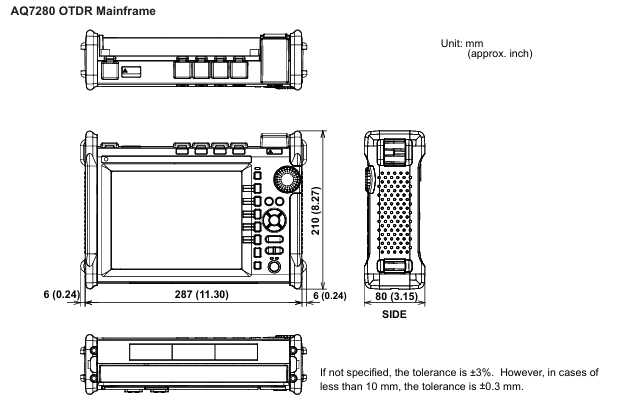
- EMERSON
- Honeywell
- CTI
- Rolls-Royce
- General Electric
- Woodward
- Yaskawa
- xYCOM
- Motorola
- Siemens
- Rockwell
- ABB
- B&R
- HIMA
- Construction site
- electricity
- Automobile market
- PLC
- DCS
- Motor drivers
- VSD
- Implications
- cement
- CO2
- CEM
- methane
- Artificial intelligence
- Titanic
- Solar energy
- Hydrogen fuel cell
- Hydrogen and fuel cells
- Hydrogen and oxygen fuel cells
- tyre
- Chemical fiber
- dynamo
- corpuscle
- Pulp and paper
- printing
- fossil
- FANUC
- Food and beverage
- Life science
- Sewage treatment
- Personal care
- electricity
- boats
- infrastructure
- Automobile industry
- metallurgy
- Nuclear power generation
- Geothermal power generation
- Water and wastewater
- Infrastructure construction
- Mine hazard
- steel
- papermaking
- Natural gas industry
- Infrastructure construction
- Power and energy
- Rubber and plastic
- Renewable energy
- pharmacy
- mining
- Plastic industry
- Schneider
- Kongsberg
- NI
- Wind energy
- International petroleum
- International new energy network
- gas
- WATLOW
- ProSoft
- SEW
- wind
- ADVANCED
- Reliance
- YOKOGAWA
- TRICONEX
- FOXBORO
- METSO
- MAN
- Advantest
- ADVANCED
- ALSTOM
- Control Wave
- AB
- AMAT
- STUDER
- KONGSBERG
- MOTOROLA
- DANAHER MOTION
- Bently
- Galil
- EATON
- MOLEX
- Triconex
- DEIF
- B&W
- ZYGO
- Aerotech
- DANFOSS
- KOLLMORGEN
- Beijer
- Endress+Hauser
- MOOG
- KB
- Moxa
- Rexroth
- YAMAHA
- Johnson
- Westinghouse
- WAGO
- TOSHIBA
- TEKTRONIX
- BENDER
- BMCM
- SMC


Email:wang@kongjiangauto.com


